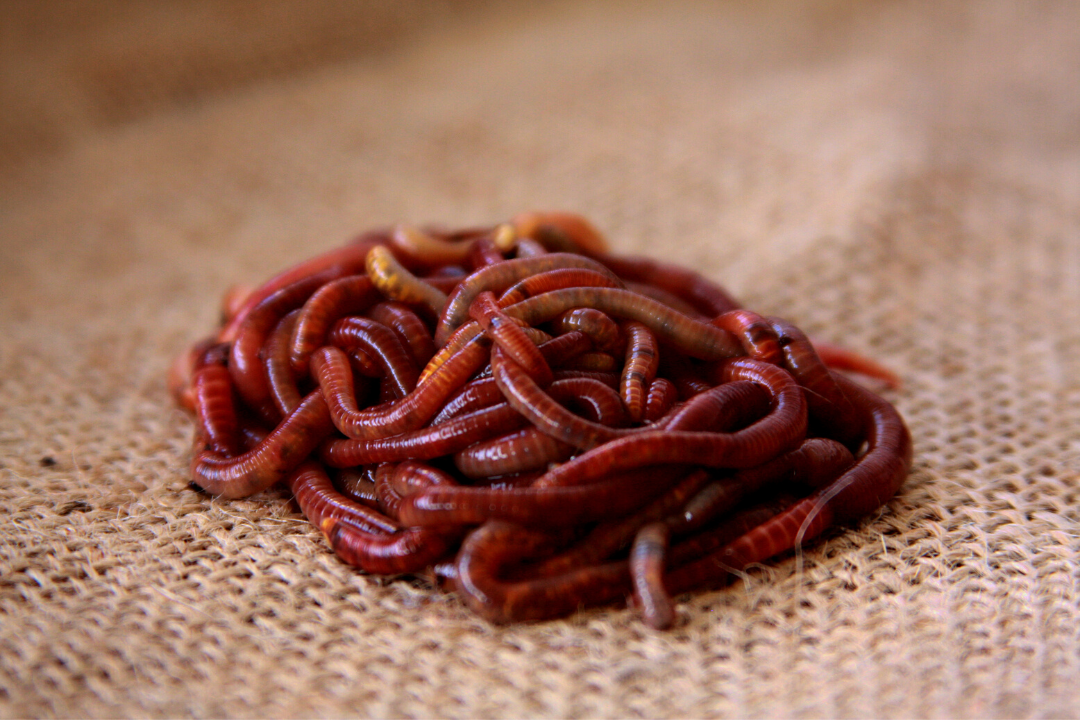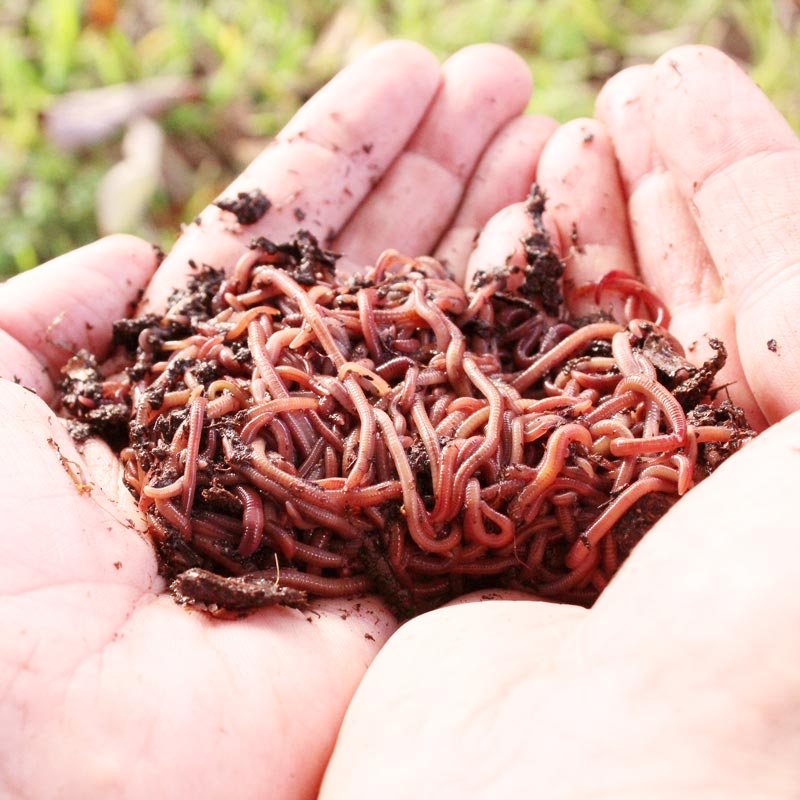Open the Tricks of Red Wigglers: Your Overview to Composting Success
The assimilation of red wigglers right into composting techniques offers a significant opportunity for enhancing soil health and wellness and advertising sustainability. These microorganisms are not simply effective recyclers of organic waste; they provide a myriad of benefits that can transform garden management. Understanding their needs and behaviors is crucial for optimizing their possibility, from establishing an ideal worm container to feeding them the ideal products. As we check out the important components of effective vermicomposting, one may question exactly how these small animals can bring about a much more dynamic and productive garden community.

What Are Red Wigglers?
(Red Wiggler Express)Red wigglers, scientifically referred to as Eisenia fetida, are a varieties of earthworm mainly utilized in composting because of their amazing capacity to decay raw material effectively. These worms are characterized by their reddish-brown pigmentation and a segmented body, commonly determining in between 3 to 4 inches in length. Unlike various other earthworm species, red wigglers grow in rich, natural environments, making them suitable for vermicomposting systems.
Belonging To The United States And copyright, they are frequently discovered in decaying fallen leaves and compost heap, where they play a crucial function in nutrient recycling. Their adjustment to living in a moist, cardio atmosphere allows them to eat big amounts of natural waste, simplifying into nutrient-rich spreadings that enhance soil wellness.
Red wigglers duplicate rapidly, with a single worm qualified of producing a number of cocoons each week, each including several hatchlings. Recognizing the biology and actions of red wigglers is crucial for maximizing their potential in composting applications.
Benefits of Using Red Wigglers
Taking advantage of the power of red wigglers in composting uses many advantages that improve soil health and wellness and promote sustainable waste management. These exceptional organisms effectively break down raw material, changing cooking area scraps and lawn waste into nutrient-rich vermicompost. This completed product is extremely advantageous for plant growth, as it improves dirt framework, enhances moisture retention, and boosts vitamins and mineral schedule.

(Red Wiggler Express)In addition, the visibility of red wigglers in your composting system can speed up the composting process, creating premium compost in a portion of the time contrasted to conventional methods. The spreadings created by these worms are also including useful microorganisms that better enrich the dirt community.
Establishing Your Worm Bin
Developing an effective worm bin is an uncomplicated process that can substantially boost your composting initiatives. Worm bins can be made from plastic storage space bins, wooden boxes, or readily readily available worm containers.
Following, prepare the bedding material, which serves as the worms' environment. A mix of shredded newspaper, cardboard, and coconut coir functions well, giving a comfortable environment for the worms.

Feeding Your Red Wigglers
To guarantee the health and performance of your red wigglers, it is necessary to supply them with a well balanced diet plan that meets their dietary requirements. Red wigglers thrive on a varied range of natural materials, which not only provide necessary nutrients yet likewise promote efficient composting.
Beginning by integrating kitchen scraps such as veggie peels, fruit cores, and coffee grounds. Prevent citrus fruits, onions, and my link garlic, as these can be detrimental to worm health and wellness. Additionally, present shredded paper, cardboard, and dry fallen leaves to create a well-aerated atmosphere.
Feeding frequency must be monitored; normally, worms can eat half their body weight in food weekly. It is vital to prevent overfeeding, as excess food can result in unpleasant smells and draw in bugs. A great technique is to add food in percentages, allowing worms to process it prior to introducing extra.
Preserving moisture levels is additionally crucial; the bedding should perspire yet not soaked. Last but not least, be sure to consistently check the temperature and pH degrees of the bin to ensure an optimal atmosphere for your red wigglers, ultimately enhancing their composting effectiveness.
Harvesting and Using Garden Compost
An effective composting procedure with red wigglers culminates in the rich, dark garden compost referred to as vermicompost, which can dramatically boost soil health and plant growth. Harvesting this nutrient-dense material generally occurs every 3 to 6 months, depending on the dimension of your system and the quantity of raw material being refined.
To gather, carefully separate the garden compost from the worms and any kind of undecomposed materials. One effective approach includes moving the materials of the bin away and including fresh bed linen and food to the void, motivating the worms to migrate. After a couple of days, the compost can be collected from the contrary side.
It is necessary to utilize vermicompost appropriately to maximize its benefits. It can be made use of as a leading dressing for yard beds, mixed right into potting soil, or made into a nutrient-rich fluid fertilizer understood as "worm tea." This application technique helps to supply important nutrients straight to plant roots, advertising much healthier development. By integrating vermicompost right into your gardening routine, you not just reuse natural waste however additionally create a growing community that sustains sustainable horticulture techniques.
Final Thought
In recap, red wigglers function as outstanding allies in composting initiatives, transforming organic waste right into nutrient-rich vermicompost (Red Wiggler Express). Their unique biological attributes and reliable waste processing capabilities contribute substantially to lasting horticulture practices. By comprehending the optimal problems for their habitat, feeding requirements, and compost harvesting methods, gardeners can improve dirt wellness and advertise plant vigor. Welcoming vermicomposting not only minimizes land fill waste yet also fosters a more environmentally accountable method to gardening and resource administration.